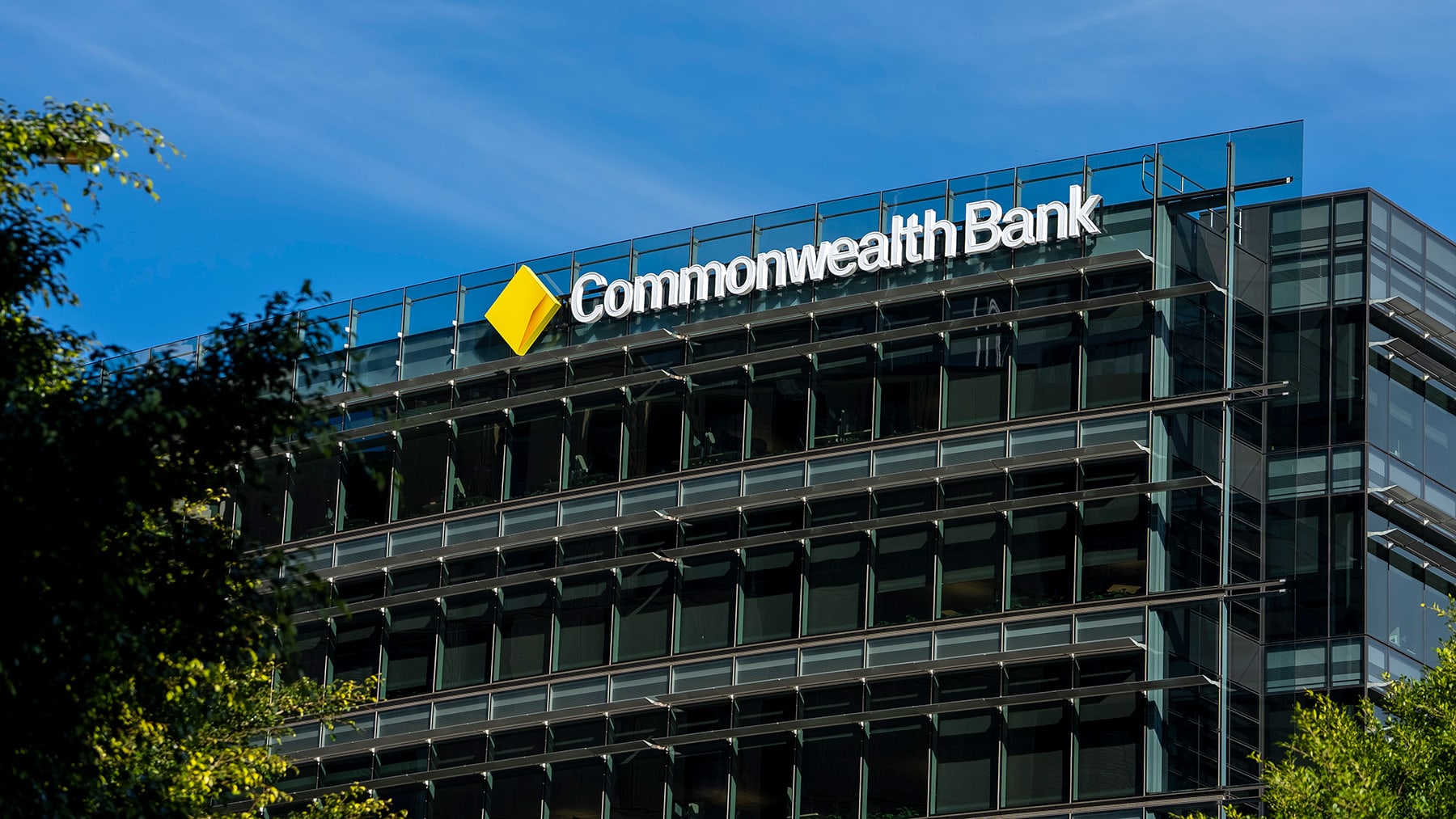Borrow
Big 4 posting $2bn less profit than this time last year
“Turbulent” is the word being used to describe the factors that led to Australia’s big four banks taking an 11.8 per cent profit hit in the first half of 2019.
Big 4 posting $2bn less profit than this time last year
“Turbulent” is the word being used to describe the factors that led to Australia’s big four banks taking an 11.8 per cent profit hit in the first half of 2019.

A report from EY showed that ANZ, Commonwealth Bank, NAB and Westpac collectively took in $13.9 billion in statutory profit over the last six months, almost $2 billion less than the same time period last year.
EY outlined recent challenges for the big four banks as including contracting loan growth, an abundance of customer remediation programs, and the delivery of the financial services royal commission outcomes.
As a result, it said that the major banks have embarked on the long journey of rebuilding trust and addressing misconduct, with emboldened regulators.
“Add a flagging economy and increased competition, and the growth outlook for the major banks looks increasingly uncertain,” the report read.

“The combined impact of these headwinds is evident in the major banks’ half-year 2019 results, with remediation costs a significant drag on profits,” it summarised.
How did each bank fare?
Westpac suffered the largest percentage post-tax profit drop, having made over a billion dollars more over the same period in 2018, according to the information provided.
It saw a 24.5 per cent hit to its post-tax statutory profit, which was reported as $3.17 billion for the first half of 2019, after last year posting six-month profits of $4.2 billion.
ANZ also took a sizeable 17.3 per cent profit hit, having last year made $3.93 billion by June 30, but this year recording just $3.25 billion post-tax.
In contrast, Commonwealth Bank recorded a mere 3.8 per cent difference, having made $4.58 billion in 2019 compared to 2018’s first-half profit of $4.76 billion.
EY’s data table highlighted NAB as the solo big four bank to have grown its profit when compared with the first of 2018, gaining 1 per cent growth in 2019 to post a statutory profit of $2.91 billion.
Impact on investors
Despite showing less than strong profit figures for the first half of 2019, Westpac did post a 2,305 basis point improvement on dividend pay-outs for investors, and lifting the figure to 98.3 per cent from 2018’s 75.3 per cent.
As well as holding the highest value of assets across all four banks, Commonwealth Bank also boasted an improved dividend pay-out for shareholders, having lifted 230 basis points to 74.3 per cent, from last year’s 72 per cent.
The EY report also showed that percentage point increases to total assets and statutory deposits have occurred across the board, with asset quality improvements proving to be consistent across all four banks through increased gross loans and advances.
Nest Egg has previously considered the $25 billion dive in home loan approvals as having an impact on Australian investors.
About the author

About the author


Banking
Commonwealth Bank leads consideration while People First Bank tops satisfaction in YouGov’s latest rankings
In a revealing snapshot of Australia's banking landscape, the Commonwealth Bank (CBA) has emerged as the most considered financial institution among prospective customers, according to YouGov's ...Read more

Banking
End of the easing: what a major bank’s call signals for Australian balance sheets
A major Australian bank now argues the Reserve Bank’s rate-cut run has hit a pause, resetting the risk-free rate narrative across corporate Australia. The Reserve Bank of Australia’s latest Statement ...Read more

Banking
Open banking, real returns: How an Australian brokerage turned CDR data into deal velocity
Open banking is no longer a whiteboard theory—it’s a working growth engine. This case study unpacks how a mid-sized Australian brokerage (“Pink Finance”) operationalised Consumer Data Right (CDR) data ...Read more

Banking
Open banking’s quiet revolution: how one broker’s data play rewrites speed, trust and margin
Open banking is shifting from compliance cost to commercial engine, and early adopters in Australia’s broking market are already monetising the curve. The playbook: consented bank-grade data piped ...Read more

Banking
Open banking in action: An early adopter’s playbook—and the ROI case for Australian brokers
Open banking is shifting from conference buzzword to operational backbone in Australia’s broking sector. Early adopters are using bank-grade data and AI to compress underwriting cycles, cut compliance ...Read more

Banking
Australian brokerage pedals ahead using consented data for a speedy advantage
Open banking is no longer a concept; it is an operating model shift changing how brokers originate and package credit. Australia’s early movers, backed by the Consumer Data Right (CDR) and a ...Read more

Banking
BOQ’s mortgage squeeze is a market signal: where banks will win next as competition bites
Bank of Queensland’s shrinking home-loan book is more than a single-institution story; it’s a barometer of how Australia’s mortgage market is being rewired by broker power, non-bank agility and ...Read more

Banking
RBA’s next move: Why a November cut could reset corporate risk budgets
Australia’s unemployment rate has risen to a four‑year high, sharpening the case for another Reserve Bank easing as growth moderates. With GDP expanding 0.6% in the June quarter and 1.8% year on year, ...Read more

Banking
Commonwealth Bank leads consideration while People First Bank tops satisfaction in YouGov’s latest rankings
In a revealing snapshot of Australia's banking landscape, the Commonwealth Bank (CBA) has emerged as the most considered financial institution among prospective customers, according to YouGov's ...Read more

Banking
End of the easing: what a major bank’s call signals for Australian balance sheets
A major Australian bank now argues the Reserve Bank’s rate-cut run has hit a pause, resetting the risk-free rate narrative across corporate Australia. The Reserve Bank of Australia’s latest Statement ...Read more

Banking
Open banking, real returns: How an Australian brokerage turned CDR data into deal velocity
Open banking is no longer a whiteboard theory—it’s a working growth engine. This case study unpacks how a mid-sized Australian brokerage (“Pink Finance”) operationalised Consumer Data Right (CDR) data ...Read more

Banking
Open banking’s quiet revolution: how one broker’s data play rewrites speed, trust and margin
Open banking is shifting from compliance cost to commercial engine, and early adopters in Australia’s broking market are already monetising the curve. The playbook: consented bank-grade data piped ...Read more

Banking
Open banking in action: An early adopter’s playbook—and the ROI case for Australian brokers
Open banking is shifting from conference buzzword to operational backbone in Australia’s broking sector. Early adopters are using bank-grade data and AI to compress underwriting cycles, cut compliance ...Read more

Banking
Australian brokerage pedals ahead using consented data for a speedy advantage
Open banking is no longer a concept; it is an operating model shift changing how brokers originate and package credit. Australia’s early movers, backed by the Consumer Data Right (CDR) and a ...Read more

Banking
BOQ’s mortgage squeeze is a market signal: where banks will win next as competition bites
Bank of Queensland’s shrinking home-loan book is more than a single-institution story; it’s a barometer of how Australia’s mortgage market is being rewired by broker power, non-bank agility and ...Read more

Banking
RBA’s next move: Why a November cut could reset corporate risk budgets
Australia’s unemployment rate has risen to a four‑year high, sharpening the case for another Reserve Bank easing as growth moderates. With GDP expanding 0.6% in the June quarter and 1.8% year on year, ...Read more








